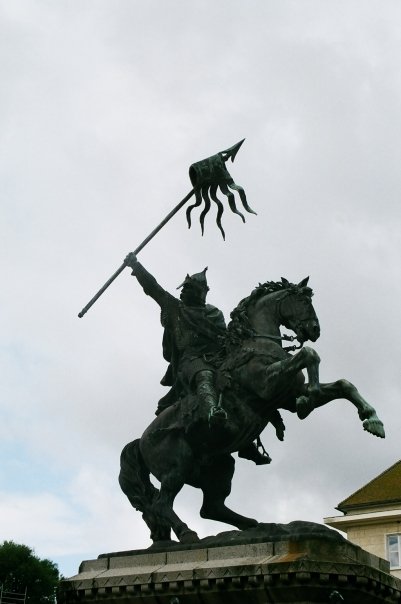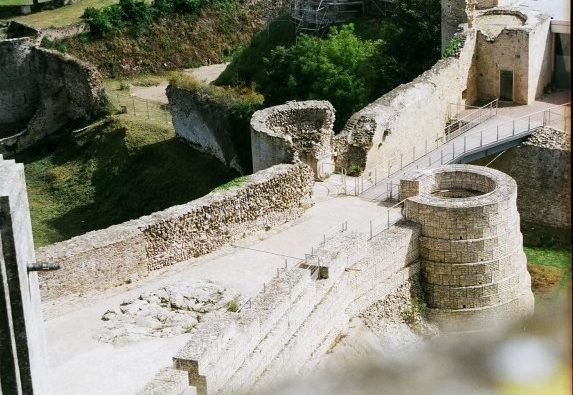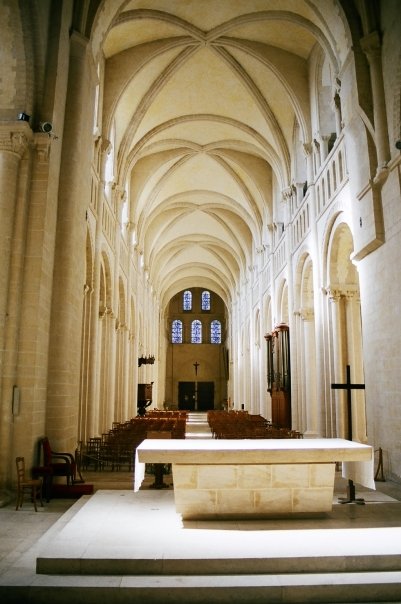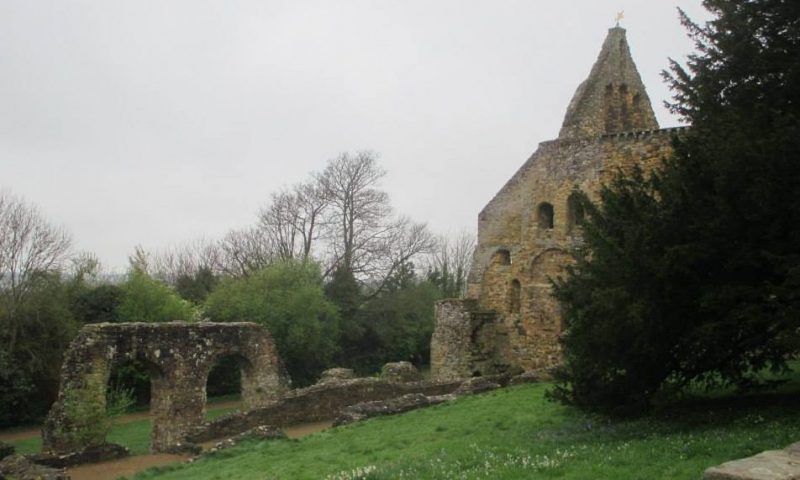Part 10:Further afield.
In the tenth of our monthly series of articles describing how one couple finds their new life in Rye, they explore parts of Kent and Sussex beyond our town walls and even further.
Got something in your eye?

When we’re driving back from a long trip away from Rye, we start to feel close to home when we see a certain sign at the roadside: “1066 Country”.
Also, for this couple, one half-professional archaeologist and one half-trained historian, the sign holds the promise of just our kind of thing.
And where better to start exploring an area rich in history than the site of one of these islands’ most famous turning points – the Battle of Hastings, October 14, 1066?
The town of Battle is a short jaunt down the B2089. While the actual site of the battle itself remains disputed (despite the confident signboard overlooking a nondescript field), it’s worth the trip for the extensive and imposing ruins of the abbey.
As the victor of a long and bloody encounter, William (now “the Conqueror”) was no doubt keen to show his concern for the souls of the departed and the survivors; naturally, at the same time, he could make a powerful political statement of intent: we’re here to stay, and when it comes to your Anglo-Saxon church architecture and liturgical practice, we’re not impressed.
And so, the conquest began. It would be written in blood and stone all over England; but it all started just down the road.
Even further afield.
As we know, William’s ships had not come far to make their landing, Normandy being just across the Channel.
And knowing our fascination with history, you won’t be surprised to learn that we’ve retraced the steps of the Conqueror back to his homeland on several occasions, although we’d also highly recommend this region of France for the local cuisine! And after all, it’s a mere hop by ferry or Chunnel.

So, let’s start at the beginning, the birthplace of William the Bastard, as he was called during his youth: Falaise, in the county of Calvados, pretty much due south of Caen.
In 1027, the future Duke of Normandy was born in the chateau to Robert, 17-year old younger son of King Richard II, and a local peasant woman known as “the beautiful Arlette”, who’d clearly taken Robert’s fancy.
Thanks to the bomb damage inflicted in 1944, the chateau has been heavily restored. In fact, when we visited, it almost seemed as though the fortifications were being totally rebuilt, as if the Normans were expecting the Anglo-Saxons to come to inflict their revenge!
Marriage and church.

From Falaise, we travel north to William’s favoured residence as an adult: Caen. It was here that he married his distant cousin, Matilda of Flanders, a match that had to be specially sanctioned by the Pope because of the couple’s consanguinity.
William and Matilda founded two abbeys in Caen: Abbaye-aux-Hommes and Abbaye-aux-Dames. The latter happens to be my favourite large-scale religious edifice in Europe; there is a monumental purity about it that inspires even an atheist.
A stitch in time.
No exploration of Normandy (for us, at least) would be complete without seeing Bayeux.
We’re here for the tapestry, of course. But there is another connection to the Conqueror; it was here that his ancestor William Longsword was born to Popa, daughter of Count Berenger, governor of Bayeux, and the Viking settler, Rollo.
The tapestry is actually embroidery in coloured wool on linen but whatever, it’s an endlessly fascinating Romanesque marvel.
Scholars are still interpreting its story, who made it, and how this early Middle Ages propaganda piece should be read.
‘1066 And All That.’
“1066 Country” is a signpost that could take you much further than Battle. We’re very lucky to live so close to this historical crossroad.
Photos: Simon Kershaw



